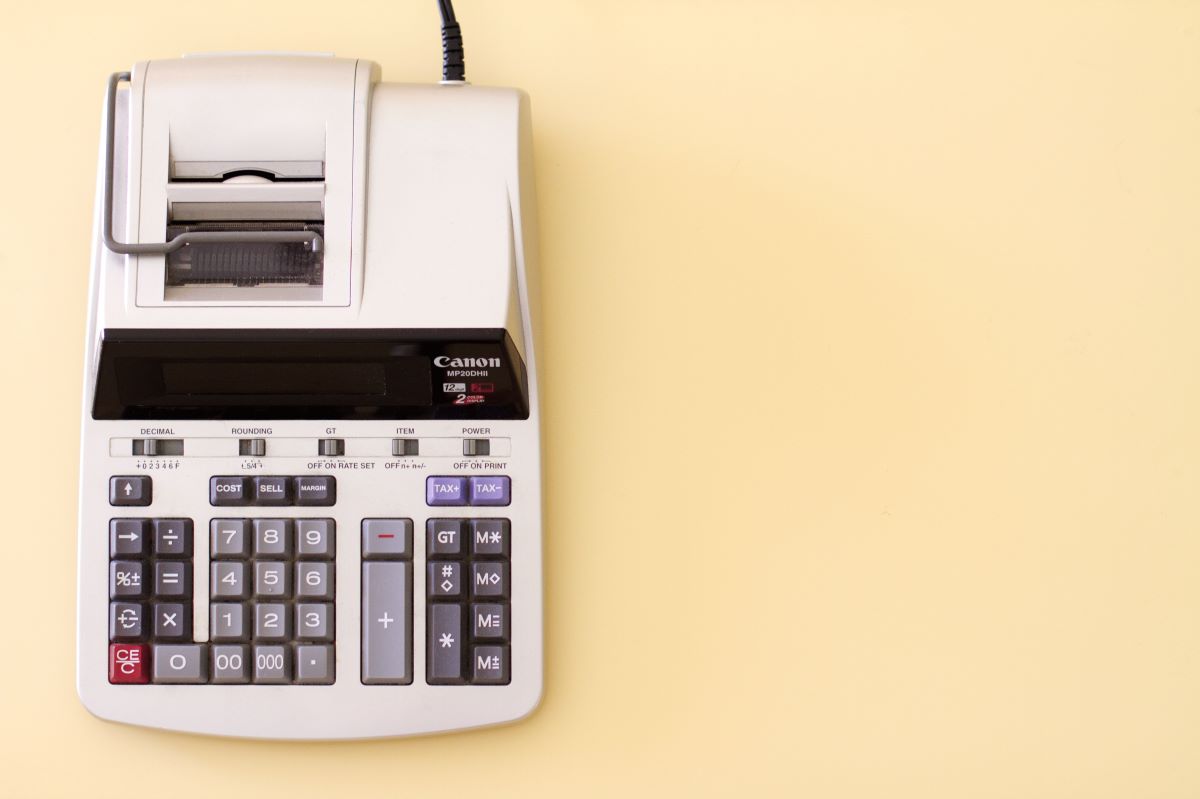
When talking about a product sale, margin and markup both refer to the profit made when a product is sold. But both approach this from a different angle, and it's important to know the difference so you can speak confidently with suppliers or retailers, depending on which side of the supply chain you fall.
Markup is the (%) amount you increase the wholesale price/cost of a product by to arrive at the selling (retail) price.
Margin is how much lower the cost of the product is than the selling price (as a %), or essentially the profit you make on the product shown as a percentage of the retail price.
Markup vs margin calculator
To see this difference in practice, try plugging some numbers into the markup vs margin calculator below:
As the difference between wholesale/cost price and retail price increases, so does the difference between markup and margin. That’s just one reason why it’s so important to nail the difference between the two!
The formula for calculating margin (%) is:
Margin (%) = (Retail price — wholesale or cost price) / retail price x 100
📚 Bookmark for later: Margin & Reverse Margin Calculators
The formula for calculating markup (%) is:
Markup (%) = (Retail price — wholesale or cost price) / wholesale or cost price x 100
📚 Bookmark for later: Markup & Reverse Markup Calculators
Margin vs markup: final thoughts
Margin and markup are different ways of talking about the profit a product makes. We hope we’ve done a good job of clarifying the difference between them. But if you’re still unsure, don’t worry — just refer back to the calculators above whenever you need to check. Or to handle this for multiple products at once, lift the formulae above to include in Excel or Google Sheets.
Related article:
Browse Popular Categories at CREOATE: Wholesale Jewellery | Wholesale Gifts | Wholesale Stationery | Wholesale Beauty Products | Wholesale Mugs | Wholesale Homeware | Wholesale Pet Supplies | Wholesale Gourmet Food | Wholesale Garden & Outdoor | Wholesale Baby & Kids Products
Browse Trending Collections on CREOATE: Wholesale Halloween | Wholesale Mother's Day Gifts | Wholesale Father's Day Gifts | Wholesale Valentine's Day Gifts | Wholesale Spiritual Supplies
>> View all








